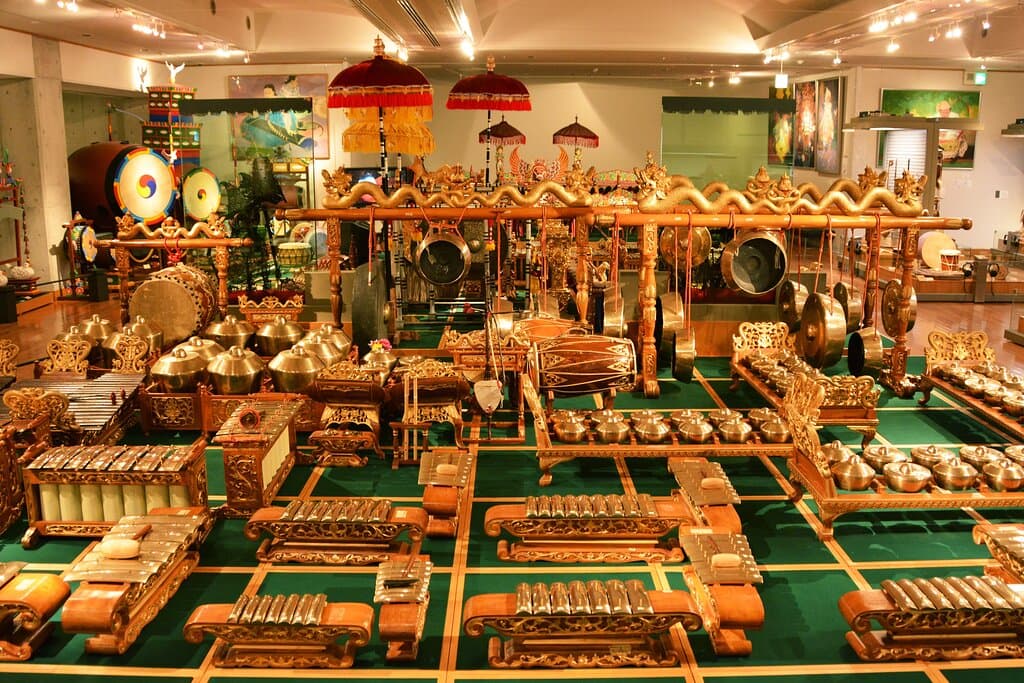
Hamamatsu Museum of Musical Instruments
Explore over 1,300 instruments from around the world, with hands-on exhibits and a deep dive into musical heritage.

Highlights
Must-see attractions
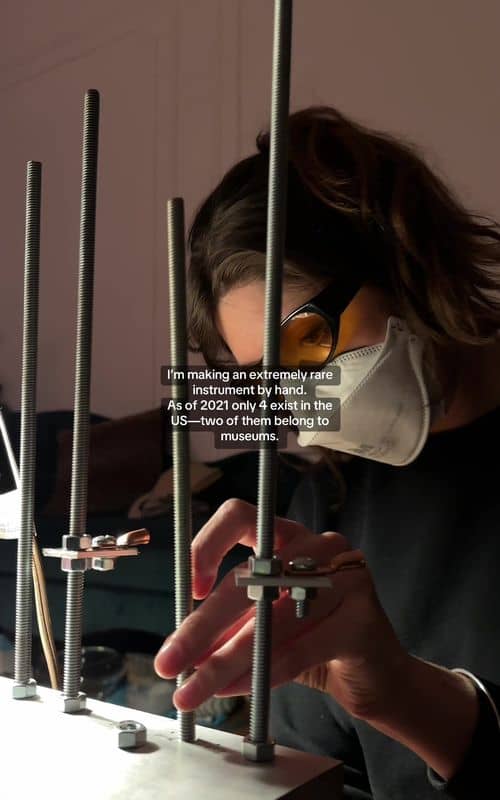
Social
From TikTok & Reddit
Best Time
Fewer crowds, more space to explore

Hamamatsu Museum of Musical Instruments
Best Time
Fewer crowds, more space to explore

Highlights
Must-see attractions
Explore over 1,300 instruments from around the world, with hands-on exhibits and a deep dive into musical heritage.
"A must-visit for music lovers, offering a global journey through sound and craftsmanship."
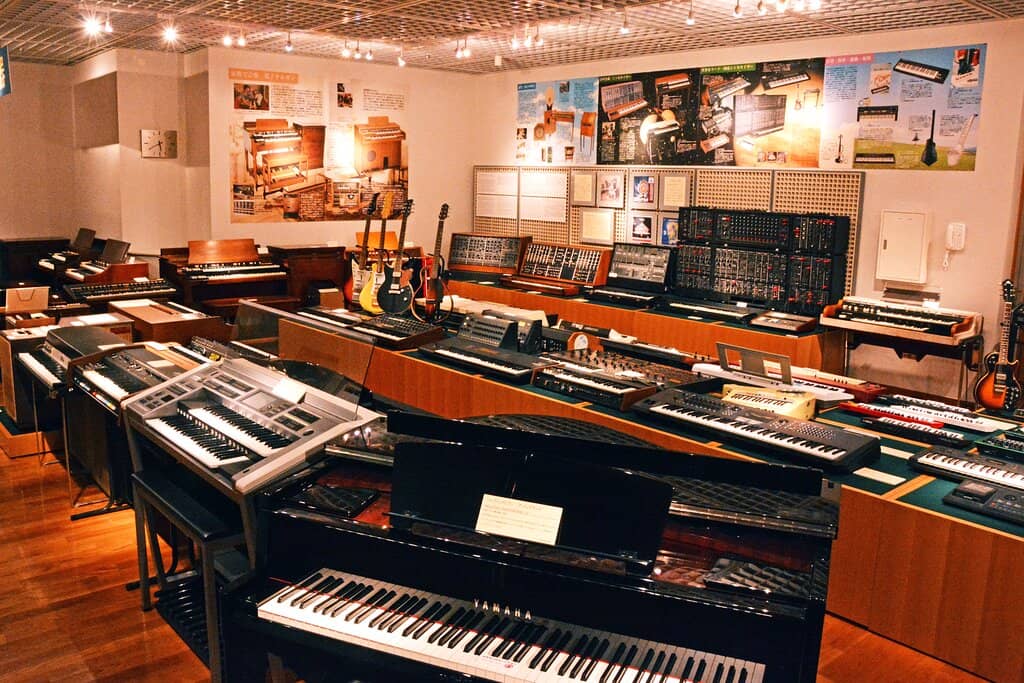
⏳ Allow ample time
Dedicate at least 2 hours to fully appreciate the vast collection and interactive exhibits.
📱 Use Google Lens for labels
Many labels are in Japanese; Google Lens can help translate and enrich your understanding.
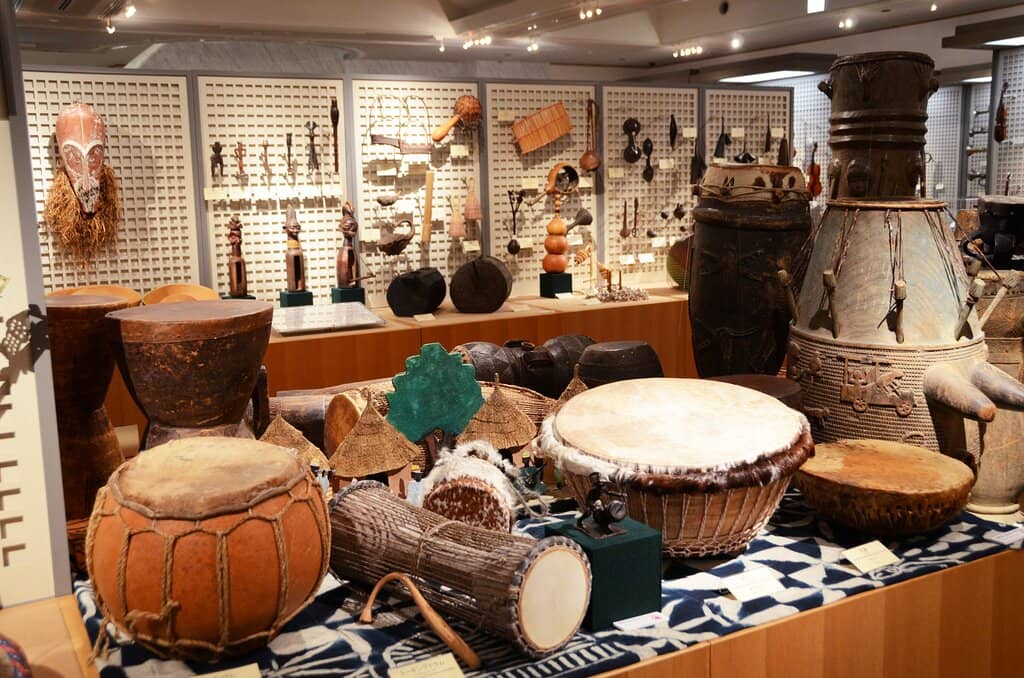
Highlights
Discover the most iconic attractions and experiences

Global Instrument Collection
Main Exhibition Halls
Explore over 1,300 instruments from every continent, showcasing diverse musical heritage.
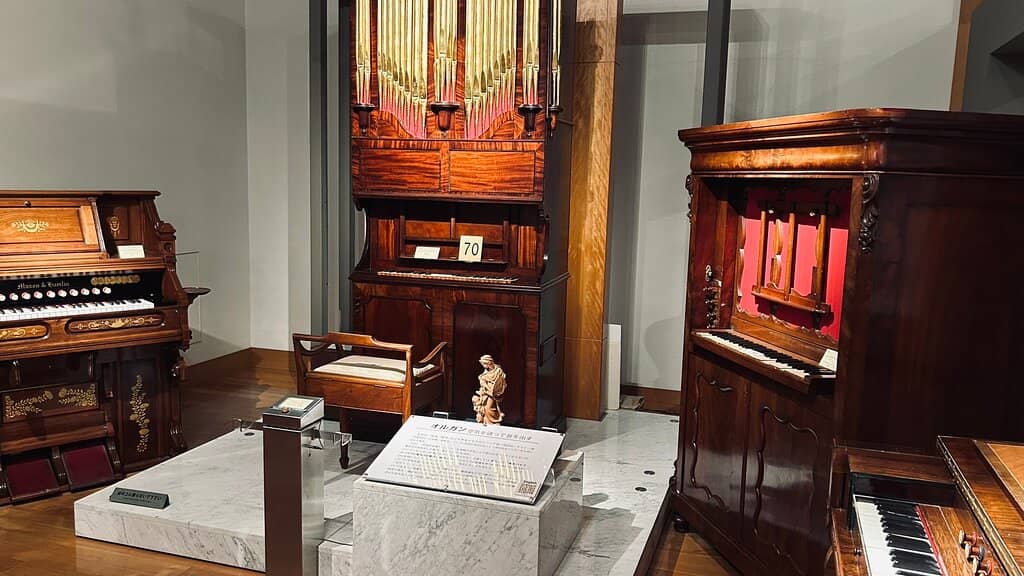
Hands-On Interactive Zone
Interactive Exhibit Area
Play and experiment with various instruments, from drums to keyboards, for an engaging experience.
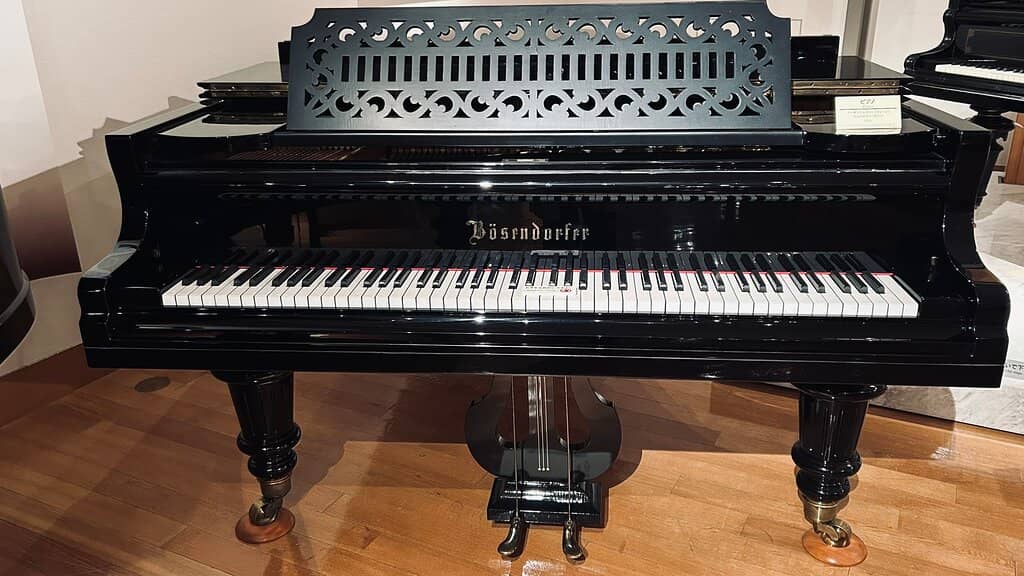
Traditional Japanese Instruments
Japanese Instruments Section
Discover the beauty and craftsmanship of koto, shamisen, shakuhachi, and taiko drums.
Plans like a pro.
Thinks like you
Planning Your Visit
Plan Your Visit to the Hamamatsu Museum of Musical Instruments
Interactive Fun and Cultural Immersion
Best Times
Insider Tips
from TikTok, Instagram & Reddit
⏳ Allow ample time
Dedicate at least 2 hours to fully appreciate the vast collection and interactive exhibits.
📱 Use Google Lens for labels
Many labels are in Japanese; Google Lens can help translate and enrich your understanding.
🥁 Try the interactive zone
Don't miss the chance to play drums, keyboards, and other instruments.
🎶 Check for special exhibits
Temporary exhibitions offer unique insights into specific musical themes or instruments.
Tips
from all over the internet
⏳ Allow ample time
Dedicate at least 2 hours to fully appreciate the vast collection and interactive exhibits.
📱 Use Google Lens for labels
Many labels are in Japanese; Google Lens can help translate and enrich your understanding.
🥁 Try the interactive zone
Don't miss the chance to play drums, keyboards, and other instruments.
🎶 Check for special exhibits
Temporary exhibitions offer unique insights into specific musical themes or instruments.
What Travellers Say
Reviews Summary
Visitors praise the Hamamatsu Museum of Musical Instruments for its extensive and diverse collection of global instruments and its engaging interactive exhibits. While some note that many labels are in Japanese, the affordable entry fee and the opportunity to play instruments make it a worthwhile experience for music lovers of all ages.
"Nice experience about music instrument around the world. Take time around 1 hr to take around.
Inside there is zone you can try electric drum and other hitting music instrument.
Moreover , there is stage for mini concert but day which I went there isn't no perform on that day."
ArmRatch
"Not a bad museum given the amount of instruments exhibited and price point for entry (¥800). Anybody expecting too much will be disappointed."
Nick Kulyk
"The Hamamatsu City Museum of Musical Instruments, located in Hamamatsu City, Shizuoka Prefecture, Japan, is a unique and comprehensive museum dedicated to the history, diversity, and beauty of musical instruments from around the world. As Japan's only public museum exclusively focused on musical instruments, it offers visitors a fascinating journey through the evolution of music-making tools and the cultural significance they hold.
History and Significance
Established in 1995, the Hamamatsu City Museum of Musical Instruments was created to celebrate Hamamatsu's rich history as a center of musical instrument manufacturing. The city is home to renowned musical instrument companies like Yamaha and Kawai, which have contributed significantly to the global music industry. The museum aims to preserve, study, and display a diverse collection of musical instruments, fostering an appreciation for the global heritage of music.
Major Exhibits and Collections
Global Collection: The museum boasts an impressive collection of over 1,300 musical instruments from around the world, representing various cultures, traditions, and historical periods. The exhibits are organized geographically, allowing visitors to explore the musical heritage of different regions, including Asia, Africa, Europe, the Americas, and Oceania.
Traditional Japanese Instruments: A significant portion of the museum is dedicated to traditional Japanese instruments, such as the koto, shamisen, shakuhachi, and taiko drums. These exhibits highlight the craftsmanship, history, and cultural importance of these instruments in Japanese music.
Western Classical Instruments: The museum features a wide array of Western classical instruments, including string, wind, brass, and percussion instruments. This section includes historical instruments, such as early pianos and harpsichords, showcasing the evolution of Western classical music.
Ethnic and Folk Instruments: This section of the museum displays a variety of ethnic and folk instruments from different cultures. Visitors can see and learn about unique instruments such as the African kora, Indian sitar, Andean panpipes, and Aboriginal didgeridoo.
Interactive Exhibits: The museum offers several interactive exhibits where visitors can play and experiment with different instruments. These hands-on experiences provide a deeper understanding of how various instruments produce sound and the techniques used to play them.
Special Exhibitions: The Hamamatsu City Museum of Musical Instruments regularly hosts special exhibitions that delve into specific themes, genres, or historical periods. These temporary exhibits often feature rare and unique instruments, as well as multimedia presentations and performances.
Educational Programs and Activities
The museum provides a range of educational programs and activities for visitors of all ages. These include guided tours, workshops, lectures, and live performances. The museum's educational initiatives aim to promote a deeper appreciation of musical instruments and their cultural contexts. Programs are often designed to be engaging and informative, making them suitable for students, families, and music enthusiasts.
Research and Conservation
As a leading institution dedicated to musical instruments, the Hamamatsu City Museum of Musical Instruments is also involved in the research and conservation of these valuable artifacts. The museum collaborates with experts and institutions worldwide to study the history, construction, and acoustics of musical instruments, contributing to the global body of knowledge in this field.
Facilities and Amenities
The Hamamatsu City Museum of Musical Instruments is a must-visit destination for anyone interested in the world of music. Its extensive collection, engaging exhibits, and educational programs offer a unique and enriching experience for visitors. Whether you are a musician, a student, or simply a lover of music, the museum provides a fascinating glimpse into the diverse and beautiful world of musical instruments."
Kento Masuda
What People Like
What People Dislike
Frequently Asked Questions
🚇 🗺️ Getting There
The museum is accessible by public transport. From Hamamatsu Station, you can take a bus or enjoy a pleasant walk. Many visitors arrive as part of a broader trip exploring cities like Kyoto and Tokyo.
Yes, there is parking available, and some sources indicate it may be free.
The Shinkansen (bullet train) is a popular and efficient way to travel between major Japanese cities like Kyoto and Hamamatsu.
The museum is located in Hamamatsu City, which offers other attractions. Some visitors mention Yamaha Innovation Road as a nearby point of interest.
While possible, Hamamatsu is a few hours from Tokyo by train, making it a longer day trip. It's often visited as part of a multi-city itinerary.
🎫 🎫 Tickets & Entry
The admission fee is quite reasonable, around ¥800, making it a good value for the extensive collection.
Information on specific discounts isn't widely publicized, but the general admission price is considered affordable by visitors.
The museum typically opens in the morning and closes in the late afternoon. It's advisable to check the official website for the most current hours, especially around holidays.
Tickets can usually be purchased at the museum upon arrival. Advance booking is generally not necessary unless for special events.
Some visitors report it's not crowded even on Saturdays, while others suggest weekday afternoons might be quieter. It seems crowd levels can vary.
🎫 🎶 Onsite Experience
The museum houses over 1,300 instruments from around the world, including traditional Japanese instruments, Western classical instruments, and ethnic folk instruments.
Yes, there's a dedicated interactive zone where you can try playing instruments like electric drums and keyboards.
Many labels are in Japanese. Using a translation app like Google Lens on your smartphone is highly recommended to understand the exhibits.
While not always explicitly mentioned, the museum offers educational programs. Inquire onsite or check their website for potential guided tour options.
Yes, there is a small gift shop located near the exit where you can purchase souvenirs.
📸 📸 Photography
Photography is generally allowed for personal use, but it's always best to check for any specific restrictions on flash photography or certain exhibits.
The diverse range of instruments from different cultures offers many visually interesting opportunities. The interactive zone can also provide fun shots.
The sheer variety of instruments, from ancient to modern, provides a unique backdrop. You might capture interesting shots of traditional Japanese instruments or unique global pieces.
A standard camera or smartphone is sufficient. Given the indoor setting, a lens with good low-light performance can be helpful, but not essential.
Short videos for social media are generally acceptable, as seen in many TikTok and Instagram posts from visitors. Be mindful of other visitors and any posted rules.
For Different Travelers
Tailored advice for your travel style
👨👩👧 Families with Kids
While many labels are in Japanese, the visual appeal of the diverse instruments from around the world can captivate children. Encourage them to explore the different shapes, sizes, and colors. Consider bringing a translation app like Google Lens to help them (and you!) understand more about each exhibit. The museum's manageable size also makes it suitable for a visit without overwhelming young attention spans.
🎵 Music Enthusiasts & Musicians
The interactive zone provides a rare chance to physically engage with instruments, offering a tactile understanding of their sound production. Furthermore, exploring the sections dedicated to traditional Japanese instruments and Western classical instruments can provide valuable insights for musicians looking to deepen their knowledge of different musical traditions and instrument families.
✈️ Day-Trippers & Short-Stay Visitors
Prioritize the global instrument collection and the interactive exhibits to get the most out of your visit. Even with limited time, you'll gain a broad appreciation for the world's musical diversity. Consider using a translation app beforehand to maximize your understanding of the exhibits without spending too much time deciphering labels.
Deep Dives
In-depth insights and expert knowledge
A World of Sound: The Museum's Vast Collection
Particular attention is given to traditional Japanese instruments, such as the elegant koto, the vibrant shamisen, the soulful shakuhachi, and the powerful taiko drums. These displays not only showcase the instruments themselves but also delve into their historical context and cultural significance within Japanese music. Complementing this is a rich selection of Western classical instruments, tracing the evolution of pianos, harpsichords, and orchestral instruments. The museum also features a fascinating array of ethnic and folk instruments, highlighting the unique sounds and craftsmanship of cultures worldwide, like the African kora or the Aboriginal didgeridoo.
Beyond passive observation, the museum fosters a deeper connection with music through its interactive exhibits. Visitors have the opportunity to play a selection of instruments, including electric drums and keyboards, providing a tangible understanding of how sound is produced and manipulated. This hands-on approach is a highlight for many, transforming a typical museum visit into an engaging, sensory experience.
Hamamatsu: A City Rooted in Music Manufacturing
Established in 1995, the museum's creation was a deliberate effort to celebrate and preserve Hamamatsu's identity as a center for musical innovation and production. This historical context adds another layer of appreciation for the exhibits, as many of the instruments on display represent the pinnacle of craftsmanship and technological advancement that has emerged from this region. Visitors interested in the business and history of music production will find this aspect particularly compelling.
While the museum itself is a primary draw, its location in Hamamatsu means visitors can also explore other music-related sites. For instance, the Yamaha Innovation Road is often mentioned alongside the museum, offering further insight into the company's technological advancements and musical contributions. This synergy between the museum and the city's industrial heritage makes Hamamatsu a unique destination for music enthusiasts.
Social
from TikTok, Instagram & Reddit